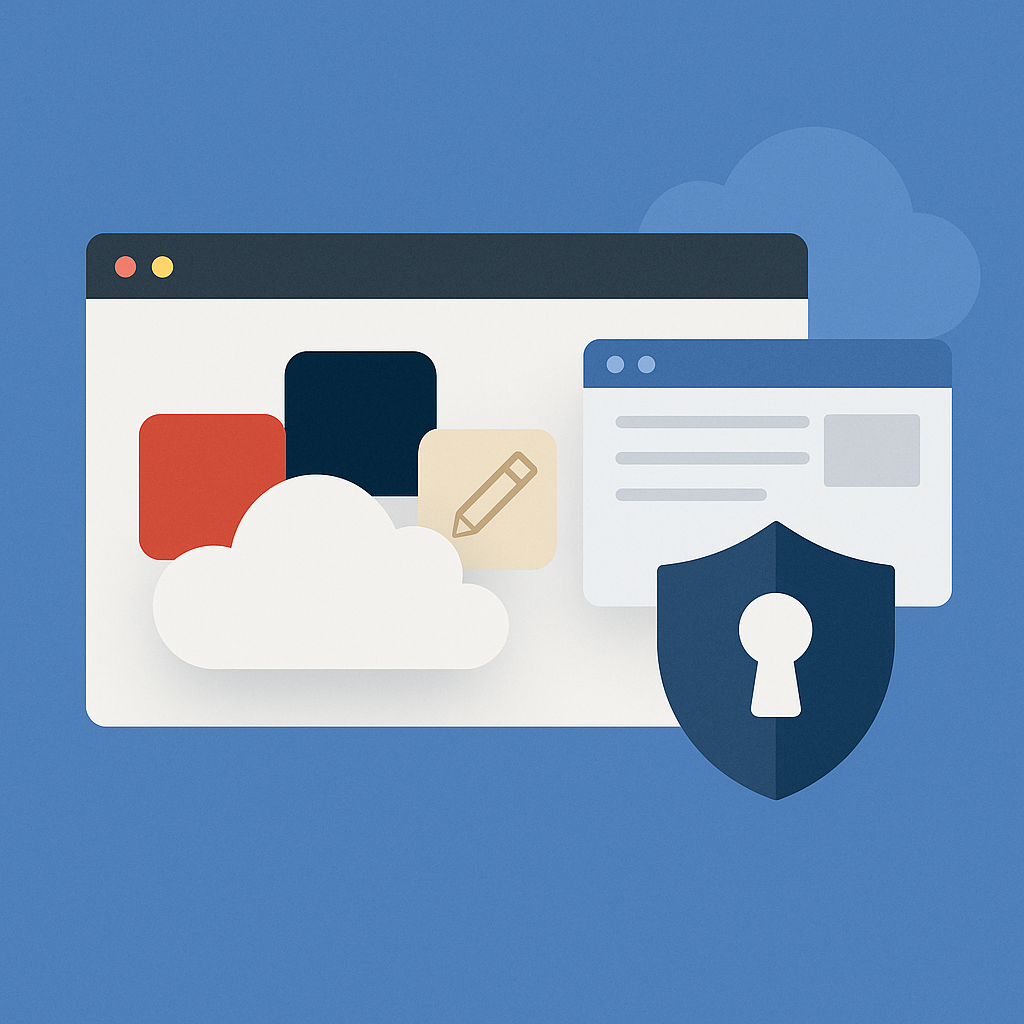How can CIOs manage costs and increase efficiency amid the pandemic?
The global pandemic has created an uncertain future and forced businesses to make major operational changes. Revenue and budgets may be tighter, increasing the pressure on CIOs to find previously unrecognized cost savings opportunities. How can CIOs manage costs and increase efficiency without cutting corners amid the pandemic?
1) Enable employees to work from anywhere (WFA)
This one’s a no-brainer. In addition to supporting employee health and safety during the pandemic, WFA has significant cost benefits. Researchers estimate that a typical employer can save an average of $11,000 per half-time telecommuter per year by going virtual (through increased productivity, lower real estate costs, reduced absenteeism and turnover, and better disaster preparedness). They also estimate each employee would personally save between $2,000 and $7,000 a year on work-related and transportation costs.
It’s easy to see how this enables increased productivity. Making work portable enables employees to fill the gaps in their time and be more productive. Any employee sitting through their child’s little league practice might want to be productive online on a portable device. Other examples include working from the beach or looking for an excuse to hide from the in-laws while spending a weekend at their house. Also, employees save time without the commute to work and are shown to be less likely to use sick time when WFA is an option.
2) Empowers IT personnel to use their time more efficiently with automation
Automation reduces costs and labor, plain and simple. Tasks that once required the attention of 10 senior-level employees can now be assigned to just one junior-level IT employee. Those senior-level employees can instead focus more on high-level strategic initiatives. Automation also removes human error from the equation, repeatedly ensuring that tasks are done correctly the first time. Amid the pandemic, companies needed to be able to rapidly spin up a remote workforce. Fortunately, itopia’s automation enables companies to spin up a digital workforce in less than a day, all while saving dramatically on costs. itopia’s automation also makes it easy for a junior-level IT employee to manage IT infrastructure, reducing the time and resources needed to manage and deliver virtual desktops and apps. Its cloud-native software features a centralized console from which a junior-level employee can manage global cloud environments.
3) Move on-premises infrastructure to the cloud
Moving infrastructure to the cloud makes remote IT management and business continuity more feasible and cost-effective. Cloud infrastructure takes advantage of economies of scale, enabling businesses to recognize cost savings (for example, imagine countless businesses outsourcing all of their data center maintenance to the same place). The cloud’s ability to dynamically scale resources up and down means that companies now have access to computing resources far larger than previously available, and also enables companies to recognize cost-savings by reducing their usage during times in which they only need a small amount of computing resources.
Especially during the pandemic, the cloud is useful for making remote work environments easier to manage from anywhere. While this is typically addressed with on-premises VDI, moving VDI to the cloud is significantly less costly and complex to manage (think maintenance, hardware, power, cooling, storage, and more). Workers can access their business apps and data from any device, while taking advantage of a global, low-latency network like Google Cloud.
4) Reevaluate and reduce office space needs
At businesses that have already gone remote, leaders recognize that they derive insufficient utility from underutilized office space, and so they are wary of renewing their leases. In the long term, more businesses will implement hybrid models that allow employees to split their time working between home and office. For businesses still operating out of a more traditional office space, implementing hoteling or hot desking reduces office space needs. When many employees don’t spend the whole day at their desks, there’s little need to assign each employee to a permanent desk. Hoteling allows employees to dynamically schedule which workspaces they occupy, thereby reducing the need for space and helping businesses recognize major cost savings. It’s easy for businesses to implement hoteling software that enables employees to edit their workspace schedule in real time via phone or computer. Hot desking is a similar method in which employees choose their workspaces upon arrival instead of reserving them ahead of time – more of a musical chairs type of deal. The current pandemic may complicate hoteling and hot desking, but these methods will definitely be useful after the pandemic as well.



